
Black Swan
Cygnus atratus


Cygnus atratus

The black swan, introduced to New Zealand in the 1860s, is a striking waterbird now found throughout the country. About the size of a goose but with a much longer neck, this elegant bird has become a familiar sight on lakes, ponds, and estuaries. Its distinctive all-black plumage with contrasting red bill makes it unmistakable and a favorite among both casual observers and dedicated birdwatchers.
1. Glossy black plumage contrasting with bright red bill
2. White flight feathers visible when wings are spread
3. Long, curved neck often held in an S-shape
Black swans are herbivores, feeding mainly on aquatic plants. They breed on freshwater, building large mound nests at the water's edge. Pairs are monogamous and both parents care for the cygnets. While generally thriving in New Zealand, they face challenges from habitat loss, particularly the decline of aquatic plants in many lowland lakes. Their adaptability to different water conditions has helped maintain their population.
Black swans can be found on lakes, ponds, and estuaries throughout New Zealand, including the Chatham Islands. They're particularly common on larger water bodies like the Rotorua Lakes, Lake Wairarapa, and Lake Ellesmere/Te Waihora. Look for them swimming gracefully on open water or grazing on lakeside vegetation. They're active during daylight hours but are especially visible in early morning and late afternoon. Tip: Visit estuaries in January-February to see large flocks gathering to moult.
Introduced from Australia in the 1860s, black swans quickly established themselves across New Zealand. Some scientists believe they may have also naturally colonized around the same time. While not as culturally significant as some native species, their elegant appearance and widespread presence have made them a familiar part of New Zealand's waterways. They serve as indicator species for the health of our freshwater ecosystems.
125 cm
5500 g
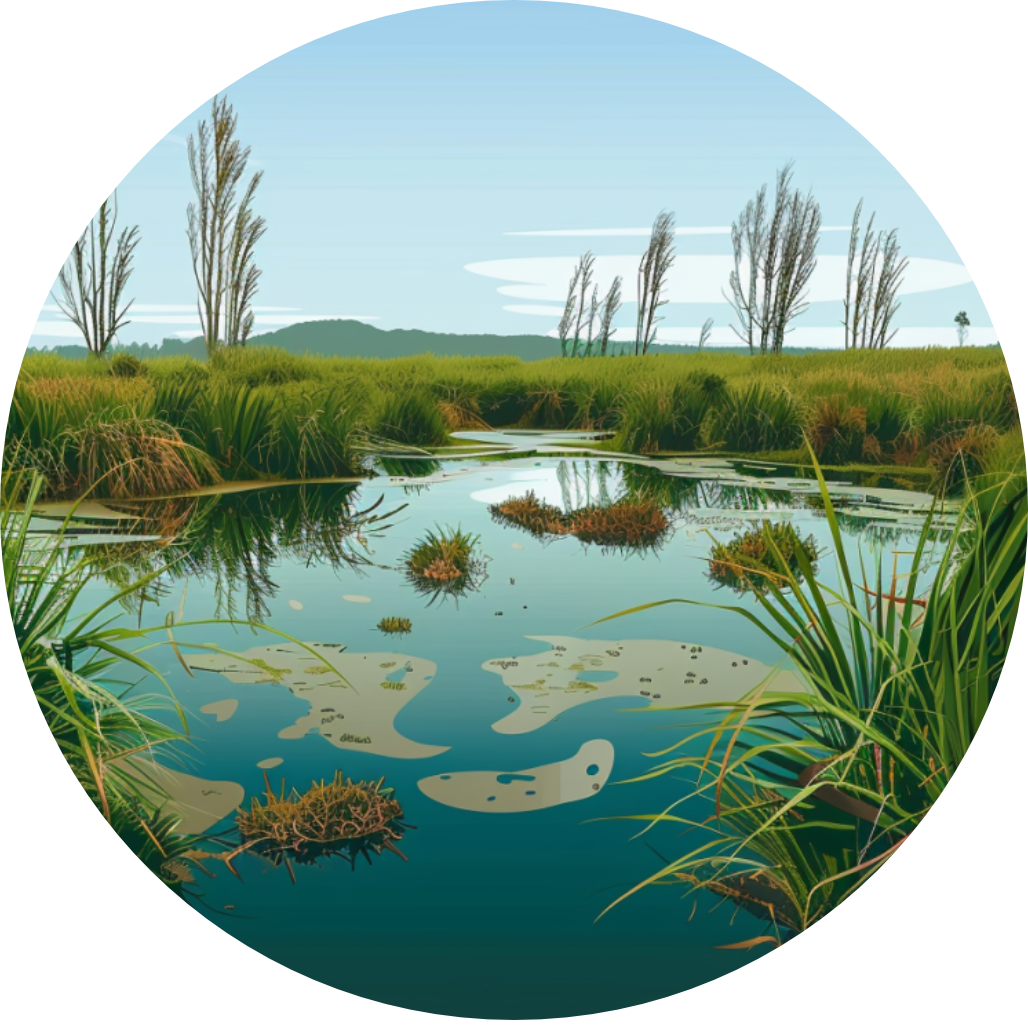
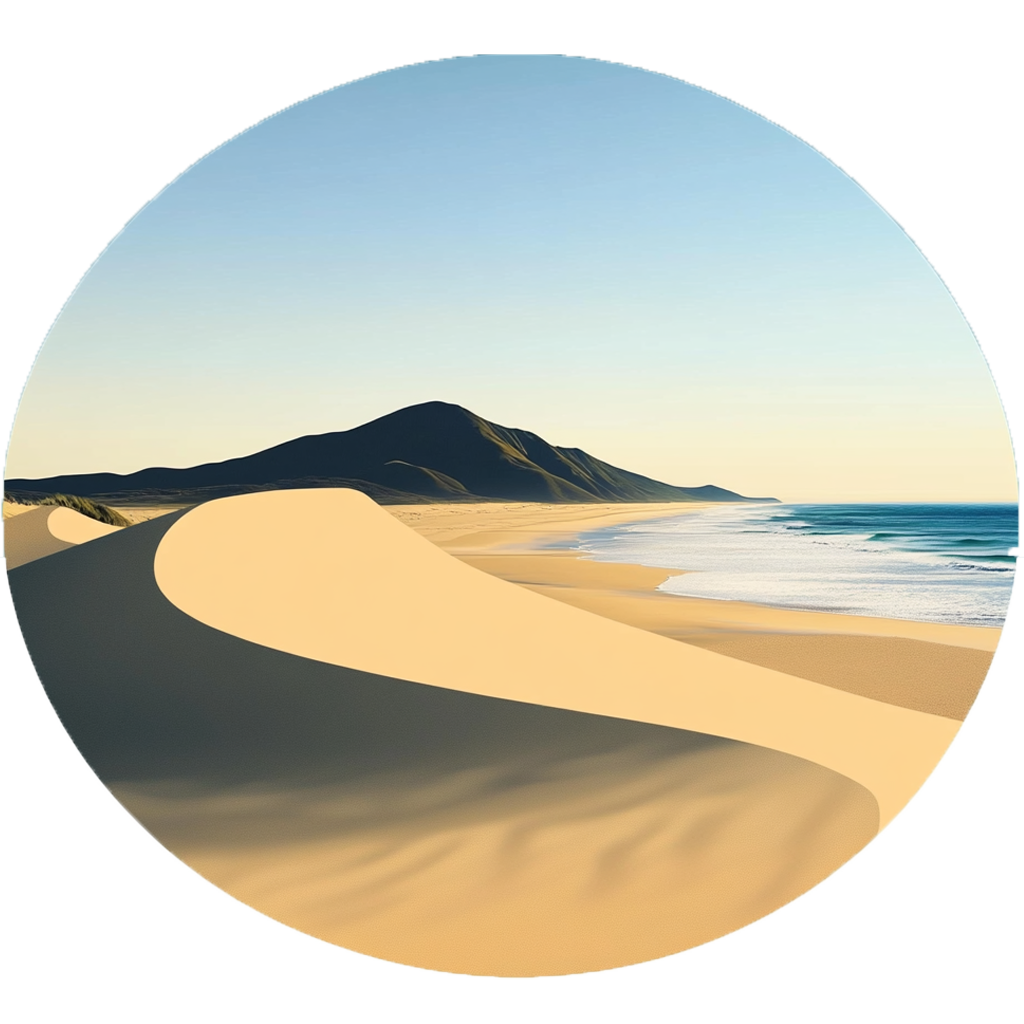
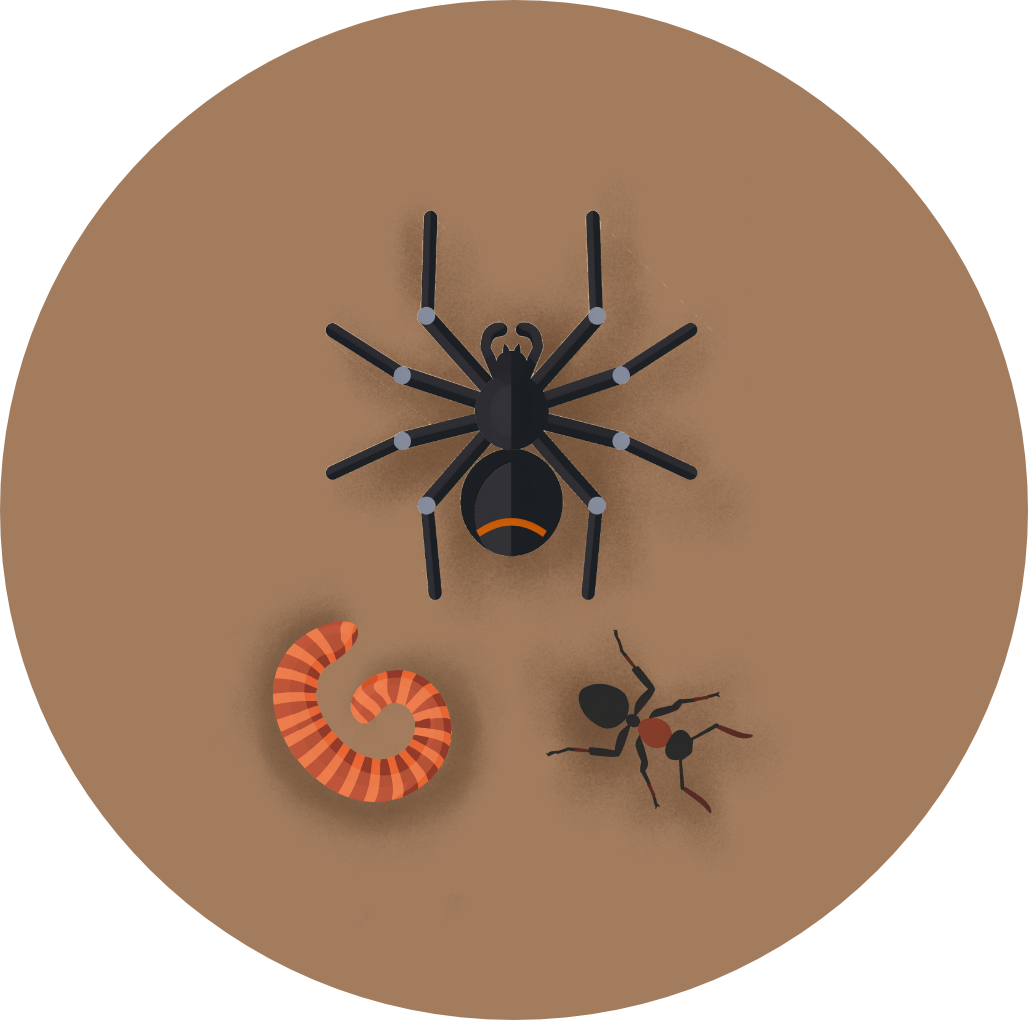
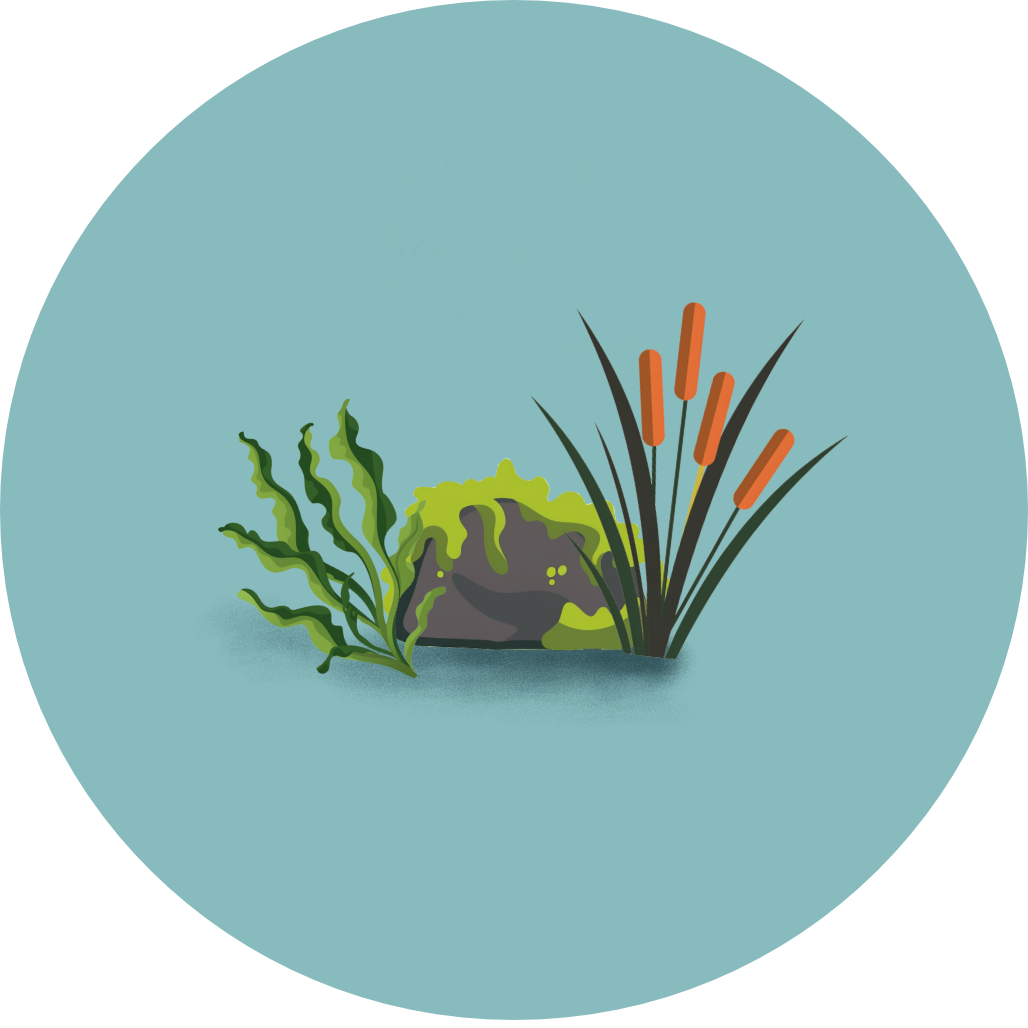
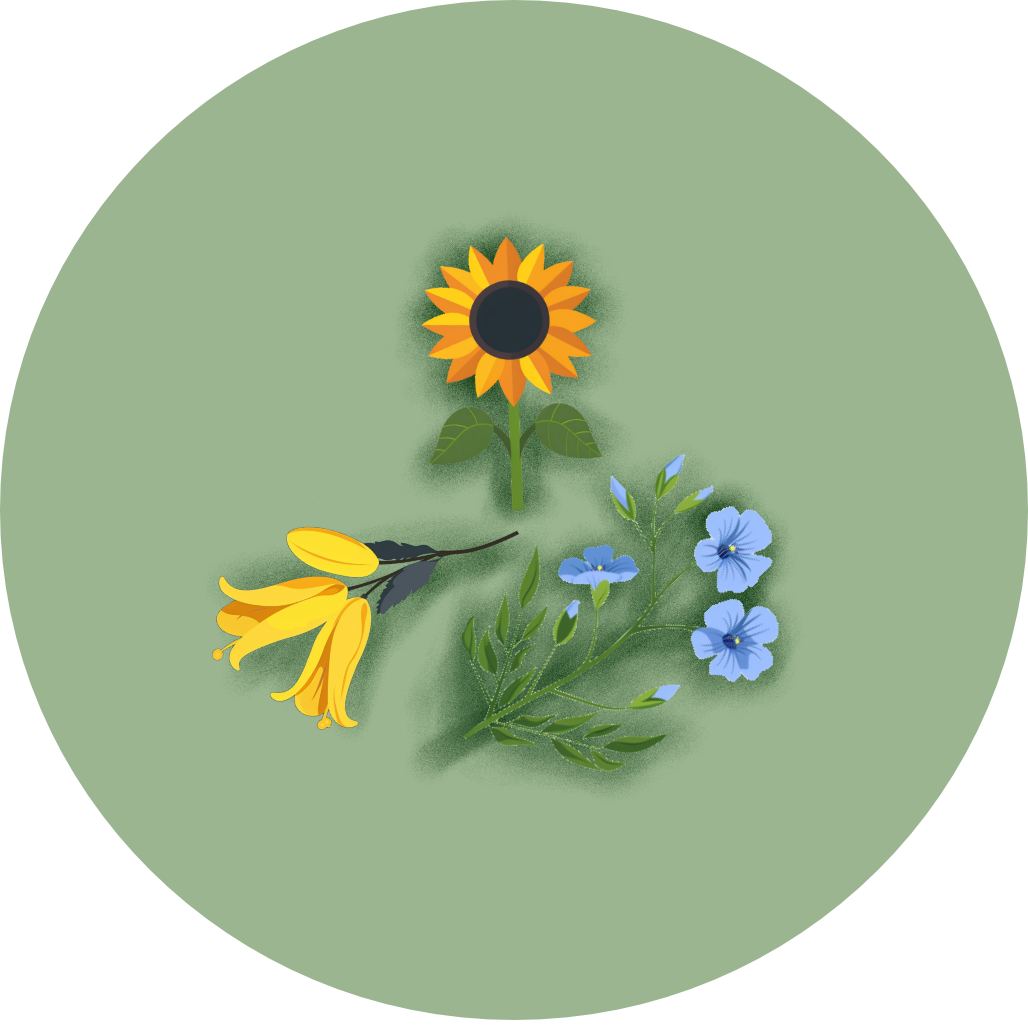
Coming Soon!
Top birding locations will be available in a future update.